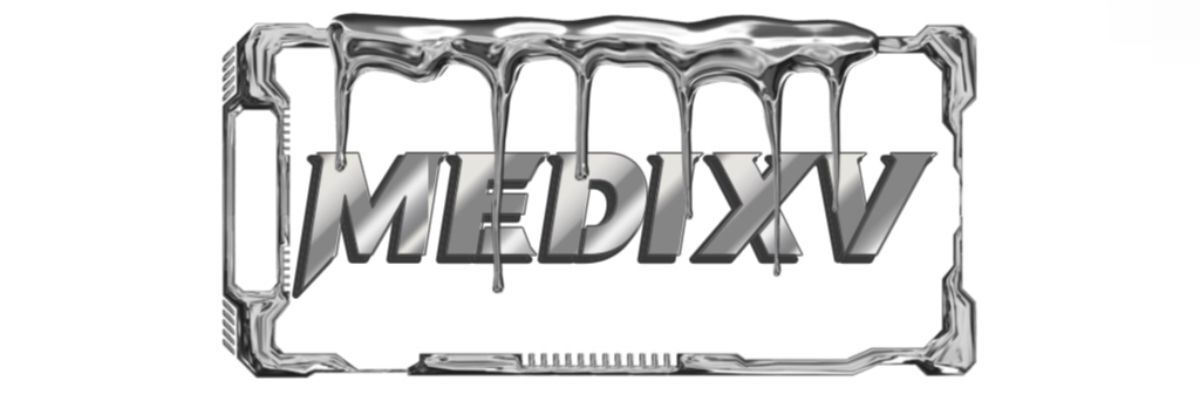Methyl Hydroxyethyl Cellulose vs. Other Wall Putty Additives
Goto SLEO Chemical to know more.
## Exploring Methyl Hydroxyethyl Cellulose in Wall Putty.
When it comes to wall putty, the quality of additives can significantly influence its performance and durability. Among these additives, Methyl Hydroxyethyl Cellulose (MHEC) stands out for its versatile applications and beneficial properties. This article delves into Methyl Hydroxyethyl Cellulose and compares it with other common wall putty additives.
### Understanding Methyl Hydroxyethyl Cellulose.
Methyl Hydroxyethyl Cellulose is a non-ionic cellulose derivative known for its excellent thickening, binding, and film-forming properties. It enhances the texture and consistency of wall putty, making it easier to apply and ensuring a smooth finish. The use of Methyl Hydroxyethyl Cellulose Chemical For Wall Putty exporter has gained immense popularity in the construction industry because of its ability to improve adhesion and reduce water loss during application, resulting in better overall performance.
### Advantages of Methyl Hydroxyethyl Cellulose.
1. **Enhanced Workability** .
Methyl Hydroxyethyl Cellulose improves the workability of wall putty, allowing for smoother application. This feature is particularly beneficial for professional contractors and DIY enthusiasts who aim for a flawless finish without extensive labor.
2. **Water Retention** .
One of the critical challenges in wall putty applications is moisture loss, which can lead to cracking and reduced adhesion. Methyl Hydroxyethyl Cellulose excels in retaining water, ensuring a longer open time for the applicator and minimizing the risk of premature drying.
3. **Eco-Friendly** .
As consumers become increasingly aware of environmental issues, the demand for eco-friendly construction materials is rising. Methyl Hydroxyethyl Cellulose is derived from natural cellulose and is biodegradable, making it a more sustainable choice compared to many synthetic additives.
### Comparison with Other Additives.
While Methyl Hydroxyethyl Cellulose has numerous advantages, it is essential to compare it with other common wall putty additives such as starch, polyvinyl acetate (PVA), and acrylic emulsions.
#### Starch.
Starch is a traditional additive used in wall putty, primarily for its binding properties. However, it lacks the flexibility and water retention ability found in Methyl Hydroxyethyl Cellulose. In contrast, professional formulators prefer Methyl Hydroxyethyl Cellulose Chemical For Wall Putty exporter due to its superior performance characteristics.
#### Polyvinyl Acetate (PVA).
PVA offers excellent adhesion but can have a tendency to become brittle over time. This fragility does not support the longevity of wall putty applications as effectively as Methyl Hydroxyethyl Cellulose, which maintains flexibility while providing optimal adhesion. .
#### Acrylic Emulsions.
Acrylic emulsions are widely used due to their strength and water resistance. However, they can be more expensive than Methyl Hydroxyethyl Cellulose, and the latter offers competitive benefits at a lower cost, making it a more appealing option for many manufacturers.
### Conclusion.
In the realm of wall putty additives, Methyl Hydroxyethyl Cellulose is a game-changer. Its unique properties—enhanced workability, excellent water retention, and eco-friendliness—make it a superior choice over traditional options such as starch and PVA. Its growing demand among constructors and DIYers underscores its value and effectiveness. For those in search of a reliable wall putty solution, turning to Methyl Hydroxyethyl Cellulose Chemical For Wall Putty exporter is likely a decision that promises enhanced performance and satisfaction. As industry standards evolve, it’s clear that Methyl Hydroxyethyl Cellulose will remain at the forefront of innovative wall putty formulations.
Please visit our website for more information on this topic.

Comments
0